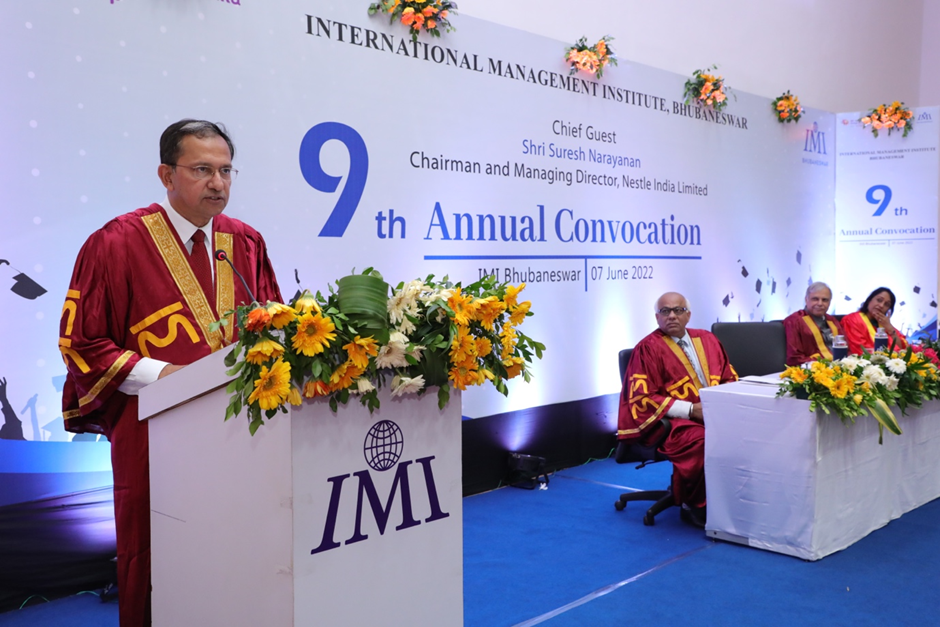How Marketing can Help Brands Tap the Massive Rural Opportunity
Despite
housing close to 70% of the country’s population, rural markets in India have
been by and large neglected by businesses in favour of urban geographies. Even
mainstream business enterprises, despite their abundant resources, have made
limited inroads into this vast market. Factors such as a lack of services,
infrastructure, and essential facilities such as banking institutions have been
touted as the main reason behind this lack of traction in rural geographies.
Rapid
advancements in technology and increased inclusiveness, however, have
dramatically increased the scope for business expansion in rural geographies.
With digitisation in India accelerating at an unprecedented pace, rural markets
are benefitting from the increased interconnectivity. The brand narrative for
rural markets is shifting from empowerment to genuinely paying attention.
With
rural geographies offering businesses across industry verticals a plethora of
opportunities, brands are vying for greater traction with the rural consumer.
There are, however, certain aspects that need to be kept in mind while
venturing into rural markets, such as:
- Staying relevant
Rural customers,
though fast-pacing towards modernity, are still very connected to their roots.
As such, when a brand appreciates their culture, they are more likely to
respond more favourably to its efforts. This is why traditional approaches are
often the most-effective in the rural market. Brands must also properly
calibrate and thoroughly assess the viability of on-ground presence marketing
initiatives. Some rural areas in particular are very deeply rooted in their
regional identity. This gives brands an opportunity to connect better with
their prospective audiences through initiatives that cater to their
sensibilities.
- Trust and Engagement
Trust and
engagement are perhaps two of the most essential elements, especially for newer
brands. Relationships are the perfect business catalysts and serve as the prime
differentiator in the eyes of consumer and channel partners. This makes it
imperative to not only nurture a strong bond with the local consumer base, but
also with channel partners, in order to succeed and grow.
The rural
consumer is getting smarter and so are the channel partners. In order to forge
a successful and rewarding relationship with them, brands must make an effort
to showcase what they are bringing to the table; consumers need to be shown the
value in their purchase, while partners often prefer favourable margins.
Businesses must maintain the perfect balance between the two in order to be
gain decent traction in rural geographies.
- Bolstering the network
Network
and reach play the most pivotal role in any brand’s success. It is not only
essential in retaining existing business, but also increases the scope of
business opportunity through incoming referrals. Given that such referrals are
often prequalified and relevant to the brand, the revenue spent on acquisition
decreases drastically while the overall market reach increases. Brand influence
also receives a tangible boost as a direct result of a stronger business
network.
- Differentiating product and understanding rural market
In order
to cause strong disruptions, brands must always look to offer more than what
the market currently has. The promise of designing products and services that
address the specific needs and requirements of the rural consumers goes a long
way in creating brand differentiation. What is most important for brands,
however, is standing by their promises and making them happen. Doing so can
dramatically increase brand affinity and create an entire line of brand
loyalists which help in the formation of a strong consumer base.
With recent developments accelerating digital adoption, the digital
divide is being minimised at a rapid pace to bring rural areas into the
mainstream. Brands must therefore look to create an end-to-end, relevant
marketing strategy to effectively tap into rural and semi-urban
geographies. Successful execution will not only give them a chance to gain a
significant share in a high potential and immensely lucrative market, but will
also create the perfect confluence of urban, semi-urban, and rural India which
collectively acts as a singular identity.




Comments
Post a Comment